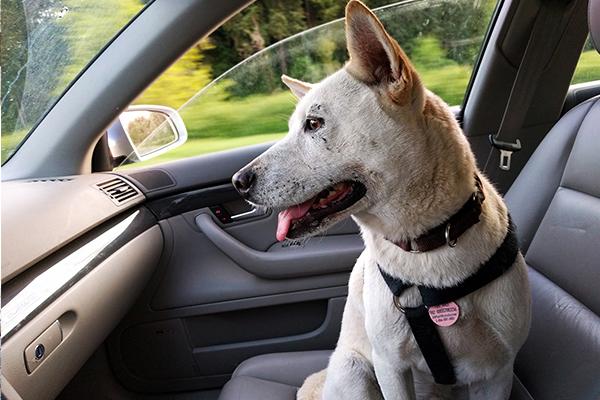Tourism and Pets - Pet Travel by Car

If it is the first time your pet will be traveling in the car, it is best to get them used to it a few days in advance. Before traveling, you should start going for short rides in the car, trying to go somewhere nice like a park so that your pet will associate the car with positive experiences. Much of the mental suffering experienced by pets when traveling is associated with the destination. If your pet only gets into the car to go to the vet, to be groomed or to go to other places they don’t like, it is normal for them to become anxious about the car. It is therefore very important to take them to destinations they like!
Before leaving, it is important to take them for a walk so they can drain energy. Schedule frequent stops during the trip to allow your pet to exercise, drink water and relieve themselves.
The inside of the car must be well ventilated during the trip. However, you must not let your dog hang their head out of the window, as this can cause sight and hearing problems, as well as risking them hitting themselves against the edge of the window if you have to come to a sudden stop.
Unrestrained or in a cage
Animals must not travel unrestrained in the car, or in a passenger’s arms, as this could cause an accident. Ideally, if the type of car permits, the animal should travel in the boot, with a net or grille in place so that they cannot move into the front part of the vehicle. A wide variety of separating devices can be found at pet shops.
Another option is for the animal to travel in a carrier, or in a cage (for larger dogs), depending on their size. However, the carrier must not be placed on the seat. Even if it is strapped in with a seatbelt, a sudden stop could cause it to fly off the seat.
Another option is a dog safety harness. This is attached to the seatbelt of the back seat, and the animal travels either sitting or lying down on the back seat, taking the place of a passenger. This is the most affordable system and works in the same way as a passenger seatbelt.
